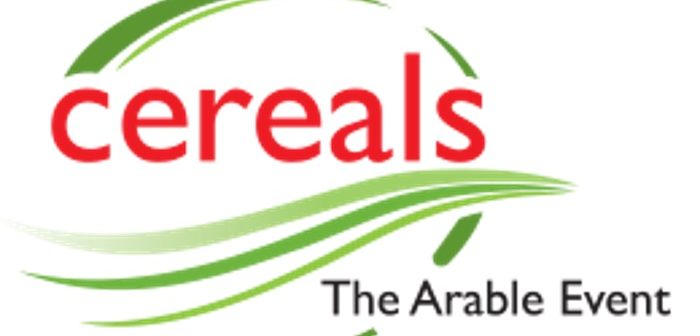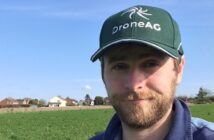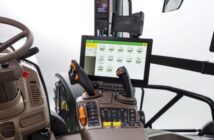Precision farming can be a good way to maximise efficiencies, but with so much new technology and advice it can be hard to know where to start.
From nutrient mapping and precision fertiliser application to variable rate drills and slurry injectors, the opportunities to reduce crop inputs and boost productivity are considerable. Unfortunately, finding the best solution for your farm can be a more inefficient process, given the wide range of manufacturers and advisers available.
To help farmers get straight to the heart of the matter, this year’s Cereals Event (14-15 June) is introducing a Precision and Efficiency Knowledge Trail, flagging up the most relevant exhibitors to visit. “With over 380 exhibitors at the event, visitors often find it hard to see everything they want to in a single day,” says Natalie Reed, event marketing manager. “To help with this, we’re introducing Knowledge Trails, where visitors will be able to download maps prior to the show to help them pick out which individual exhibitors to visit, based on a chosen theme.”
Other Knowledge Trails include adding value and managing costs, managing blackgrass, getting the most from oilseed rape, Brexit-proofing your business, and weeds, disease and nutrition.
Exhibitors who have already registered on the Precision and Efficiency Trail include Hutchinsons with its new crop management system – Omnia Precision – which allows users to create maps for everything from historical field performance to pest density.
Syngenta will also be focusing on pre-emergence autumn herbicide techniques headed up by application specialist, James Thomas, who will be giving nozzle demonstrations in a nozzle bath. “We will be looking to show how following three simple steps for practical changes in nozzle choice, spraying speed and boom height can have a hugely significant impact in reducing the risk of spray drift and ensuring accurate application of pre-emergence treatments.”
Slurry spreading is the latest to join the precision farming bandwagon. Demonstrating the benefits of precise spreading analysis systems, Joskin and John Deere will be showing how its near infrared reflection technology analyses the nutrient content of slurry at the point of application. When used in conjunction with the ISOBUS system and proportional flow meter, farmers can exactly control the amount of nutrition delivered to the growing crops.
“The use of a spreading analysis system means farmers can spread much more precisely, with a better use of slurry nutrients,” says Gordon Hardy, export manager at Joskin. “Knowing the exact quantity of ingredients allows farmers to avoid over- or under-application and therefore reduce the costs of extra fertiliser and work time.”
Of course, improved efficiency doesn’t always involve in-field technology. Time-saving computer systems can be just as valuable, as Landmark Systems will be demonstrating. The company’s new crop-recording system, Geofolia, boasts detailed mapping for farmers wanting to identify, split and measure fields, as well as a pesticide database – warning users of any potential mis-applications, says sales manager Keith Morris.
“Geofolia is an easy to use software, allowing farmers to access and analyse their data in one place, from anywhere with signal,” he explains. “It’s an ideal choice for farmers who prefer to spend their time in the field rather than in the office.”
Other exhibitors taking part in the Knowledge Trail include:
• NIAB – launching ActivSmart, an interactive agrochemical product comparison tool.
•
• Syngenta – drift reduction for environmental protection and better product use.
•
• Martin Lishman – showcasing Barn Owl Wireless, a wireless grain store monitoring system.
•




